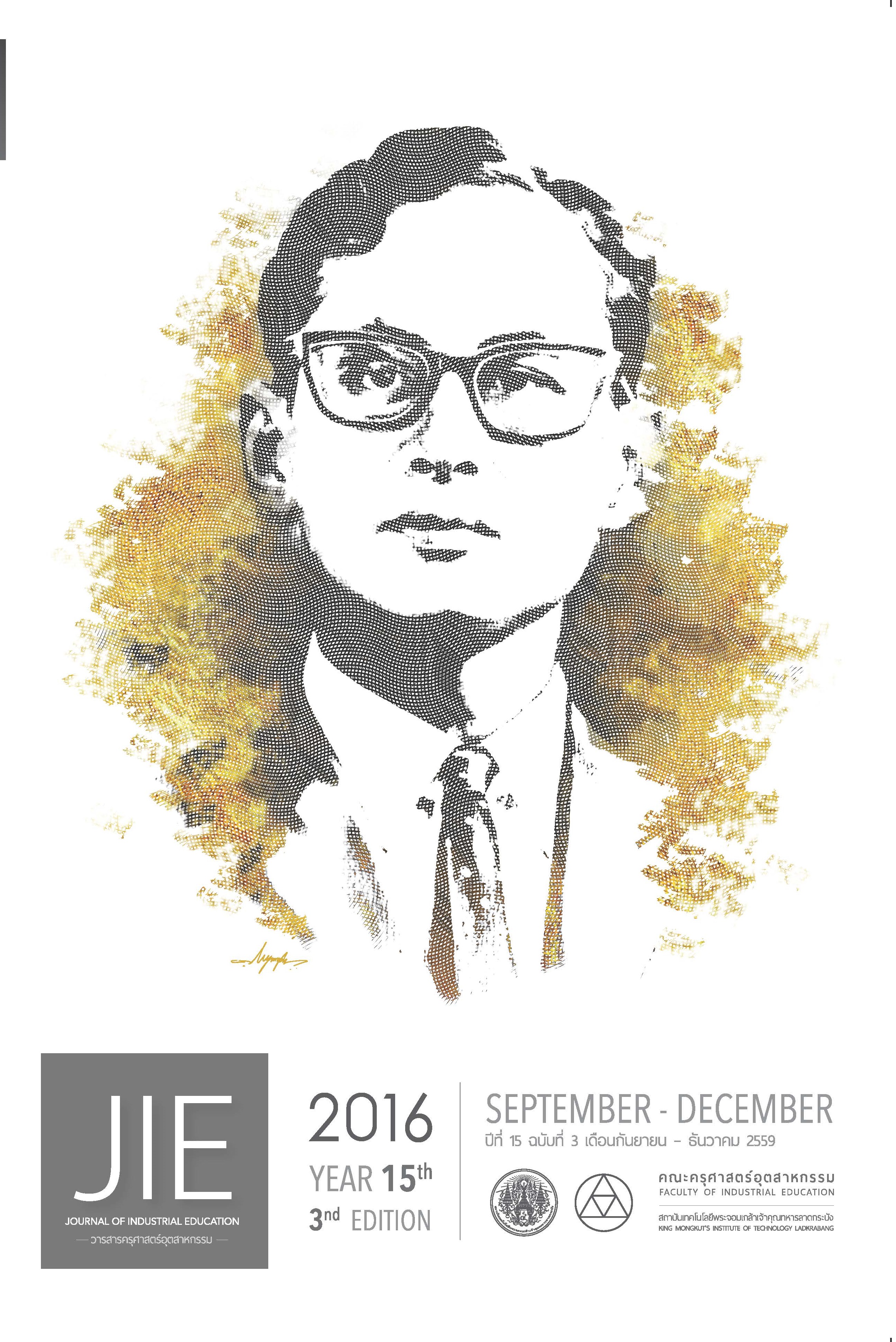Problems and Guidelines for Educational Improvement in Thailand under ASEAN Economic Community Framework
Keywords:
Educational Improvement, Quality of Education, ASEAN, Education ReformAbstract
This research aimed to investigate problems and guidelines for educational improvement in Thailand under the ASEAN Economic Community framework during the past five (5) years (2012 – 2016). This study is a documentary research. Total amount of 79 documents were chosen based on the selection criteria of the study. Focus group discussion was done for data gathering towards experts’ views on educational improvement in Thailand. The research instrument was a record form. Data were analyzed by means of content analysis in order to collect, organize, summarize, categorize and rank, then transcribe into written texts and tables with explanations. Findings revealed that, Thailand’s educational problems ordering by levels of the problem are the following issues: (1) quality of education, (2) teachers, (3) learners, (4) educational policy, (5) educational opportunity, (6) external factors affecting education management, (7) research and innovation, and (8) educational supports. Guidelines for educational improvement included (1) reform towards teacher education and teacher professional development, (2) instructional reform, (3) development of educational policy, (4) networking, (5) higher education development, (6) vocational education development, (7) development of non-formal education and informal education, (8) development of medium-sized and small-sized schools, and (9) development of educational assurance system.
References
[2] กระทรวงศึกษาธิการ. 2559. กระทรวงศึกษาธิการตั้งเป้าหมายพัฒนาไทยเป็น Education Hub. ค้นเมื่อ 3 มกราคม 2559 จาก https://www.moe.go.th.
[3] UNESCO. 2014. Education Systems in ASEAN+6 Countries: A Comparative Analysis of Selected Educational Issues. Retrieved January 9, 2016, from unesdoc.unesco.org.
[4] คณะกรรมการการศึกษาแห่งชาติ. 2545. พระราชบัญญัติการศึกษาแห่งชาติ พ.ศ. 2542 และที่แก้ไขเพิ่มเติม (ฉบับที่ 2) พ.ศ.2545. กรุงเทพฯ: พริกหวานกราฟฟิค.
[5] พระราชบัญญัติการศึกษาแห่งชาติ (ฉบับที่ 3) พ.ศ. 2553, (2553, 22 กรกฎาคม). ราชกิจจานุเบกษา. เล่มที่127 ตอนที่ 45ก, หน้า 1 – 3.
[6] สำนักงานเลขาธิการสภาการศึกษา. 2553. แผนการศึกษาแห่งชาติฉบับปรับปรุง (พ.ศ. 2552-2559): ฉบับสรุป. กรุงเทพฯ: พริกหวานกราฟฟิค.
[7] สำนักงานเลขาธิการสภาการศึกษา. 2559. (ร่าง) กรอบทิศทางแผนการศึกษาแห่งชาติ พ.ศ. 2560-2574. กรุงเทพฯ: สำนักงานเลขาธิการสภาการศึกษา.
[8] ประชุม รอดประเสริฐ. 2547. นโยบายและการวางแผน: หลักการและทฤษฎี. กรุงเทพฯ: เนติกุลการพิมพ์.
[9] Scott, John. 1990. A matter of record: Documentary sources in social research. Cambridge: Polity press.
[10] สายัณห์ วงศ์สุรินทร์ และคณะ. 2557. การพัฒนารูปแบบการจัดการเรียนรู้ตามแนวคิดจิตตปัญญาศึกษาเพื่อพัฒนาความมีวินัยของนักเรียนมัธยมศึกษา. วารสารครุศาสตร์อุตสาหกรรม, 13(3), น. 74-82.
[11] ประเวศ วะสี. 2553. สู่สังคมแห่งการเรียนรู้ ปฏิรูปทางปัญญา พาชาติออกจากวิกฤต. กรุงเทพฯ: สำนักงานส่งเสริมสังคมแห่งการเรียนรู้และคุณภาพเยาวชน.
[12] กระทรวงศึกษาธิการ. 2559. ศึกษาธิการประกาศความพร้อมเข้าสู่ประชาคมอาเซียน. ค้นเมื่อ 17 มกราคม 2559 จาก https://www.moe.go.th/moe/th/news.
[13] จรวยพร ธรณินทร์. 2550. ภาวะวิกฤตของการศึกษานอกระบบในสังคมไทย. กรุงเทพฯ: กระทรวงศึกษาธิการ.
[14] SEAMEO Innotech. 2010. Teaching Competency Standards in Southeast Asian Countries: Eleven Country Audit. Manila: SEAMEO Innotech
Downloads
Published
How to Cite
Issue
Section
License
"The opinions and contents including the words in papers are responsibility by the authors."
"ข้อคิดเห็น เนื้อหา รวมทั้งการใช้ภาษาในบทความถือเป็นความรับผิดชอบของผู้เขียน"



